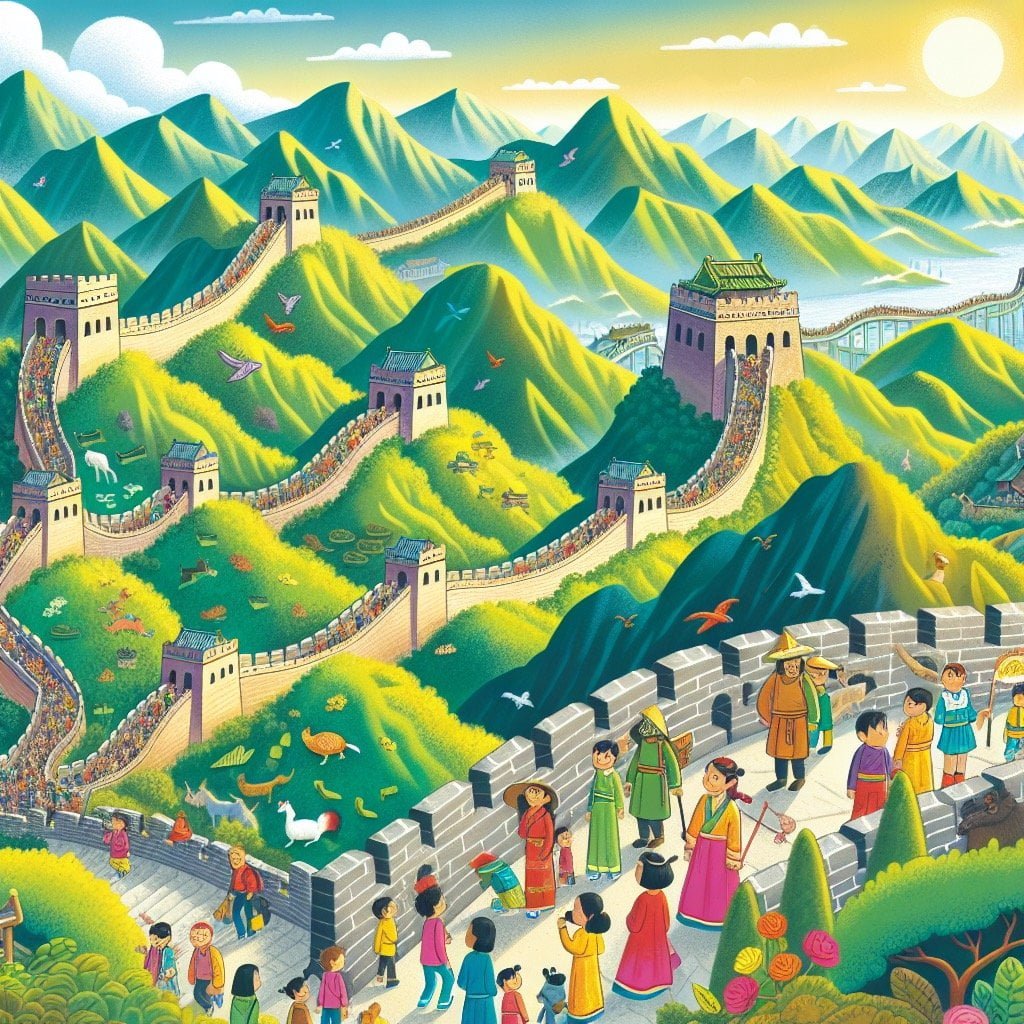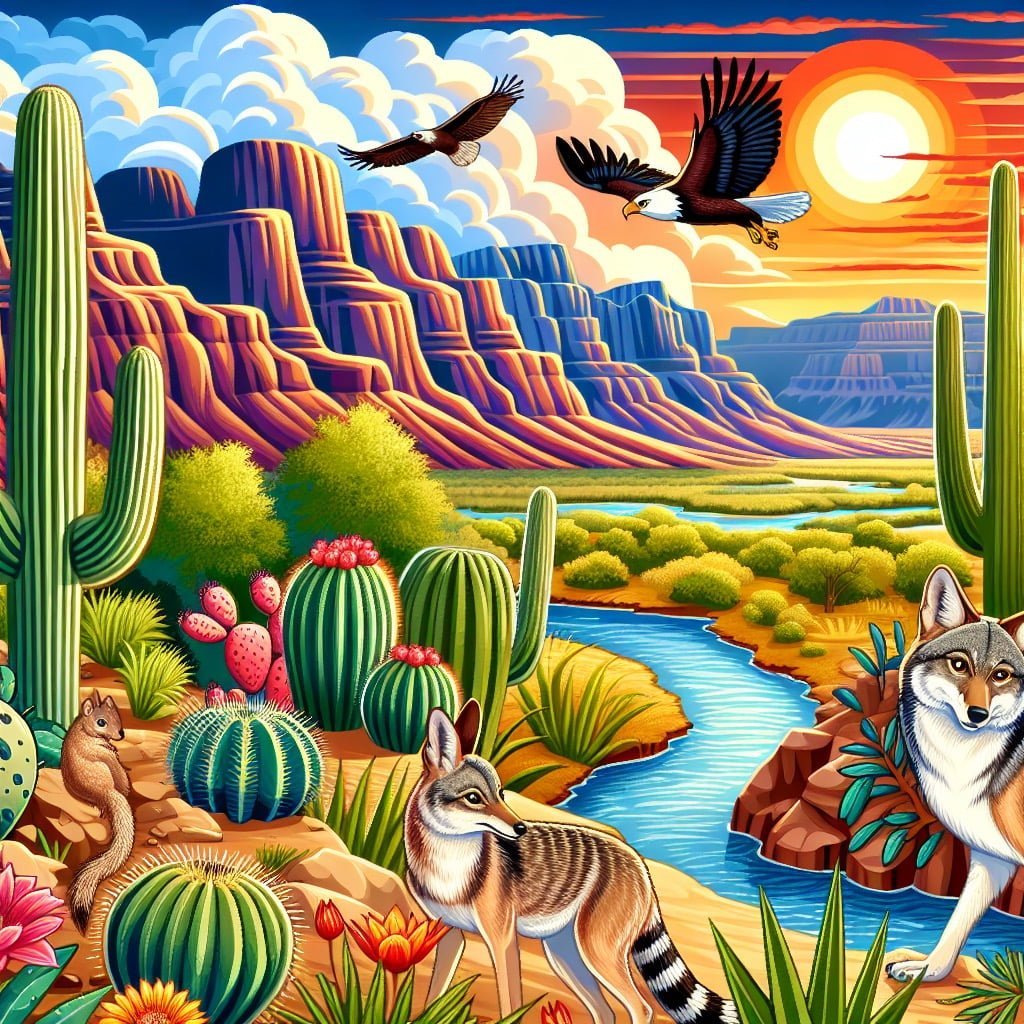Welcome to our blog post on “Fun Facts for Kids About World Map”! As an expert in popular science and a lover of all things educational, I am thrilled to share with you a collection of captivating facts that will ignite the curiosity and wonder of young minds. From the towering heights of Mount Everest to the vibrant biodiversity of the Galápagos Islands, each fun fact offers a window into the vastness and beauty of our planet. Through engaging with these facts, children can not only learn about geography, wildlife, and history but also develop a deeper appreciation for the natural world and the interconnectedness of all living things. So, join us on this exciting journey of discovery as we delve into the wonders of the world map, one fascinating fact at a time!
Fun Facts for Kids About World Map
1. The World’s Tallest Mountain is Mount Everest

For younger kids: Mount Everest is the highest mountain in the world!
For older kids: Mount Everest, located in the Himalayas, stands at a staggering height of 29,032 feet (8,849 meters) above sea level, making it the tallest mountain on Earth.
Detailed explanation:Mount Everest is widely known as the world’s tallest mountain, standing at a staggering height of 29,032 feet above sea level. Located in the Himalayas on the border between Nepal and Tibet, Mount Everest is a popular destination for experienced climbers looking to conquer the highest peak on Earth.
One interesting aspect of Mount Everest is that its height is not fixed due to tectonic plate movement. The mountain’s height actually increases by about a half-inch every year as the Indian tectonic plate pushes against the Eurasian plate, causing the Himalayas to rise even higher.
For kids who are fascinated by geography, Mount Everest is a great topic to explore. They can learn about the different routes climbers take to reach the summit, the challenges they face along the way, and the importance of acclimatization to the extreme altitude. They can also learn about the Sherpa people who live in the region and are known for their strength and mountaineering skills.
Learning about Mount Everest can also lead to discussions about climate change and its impact on the environment. The melting glaciers on the mountain are a visible reminder of the drastic effects of global warming. By studying Mount Everest and other geographical features, kids can gain a greater appreciation for the world around them and the need to protect it for future generations.
In conclusion, Mount Everest is not just a towering peak in the Himalayas, but a symbol of human ambition, natural beauty, and the ever-changing world we live in. Exploring fun facts about the world map can open up a whole new perspective on geography and inspire a sense of wonder and curiosity about the world.
Fun Facts for Kids About World Map
2. The Longest River in the World is the Nile
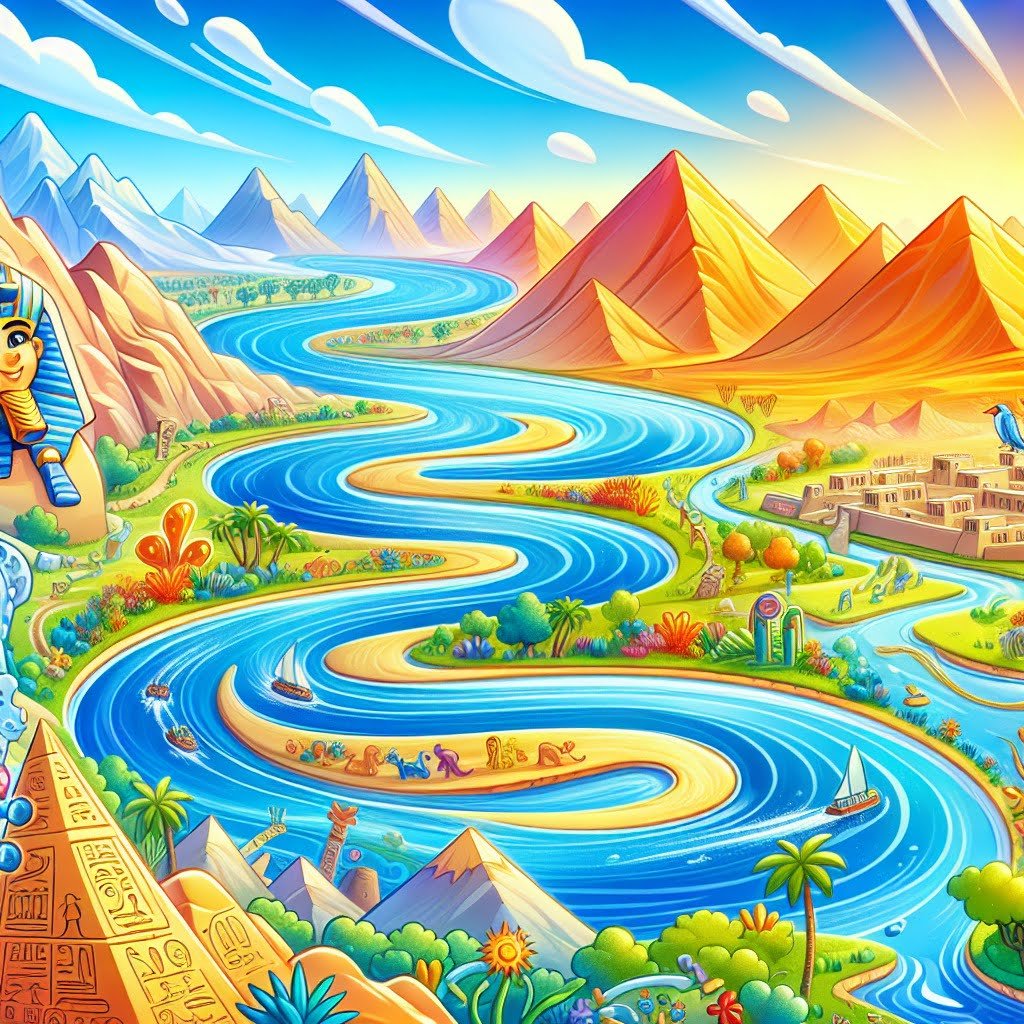
For younger kids: The Nile River is really, really long and flows through many countries!
For older kids: The Nile River, stretching over 4,135 miles (6,650 kilometers), holds the title for the longest river in the world, and its waters have played a vital role in the history and development of ancient civilizations.
Detailed explanation:The Nile River, located in northeastern Africa, holds the prestigious title of being the longest river in the world. Stretching approximately 4,135 miles in length, the Nile River is a vital source of water for numerous countries, including Egypt, Sudan, Ethiopia, Uganda, and Rwanda. Its journey begins in the highlands of East Africa, flowing northwards through multiple countries before eventually emptying into the Mediterranean Sea.
One of the fascinating Fun Facts for Kids About World Map is that the Nile River has played a significant role in the development of ancient civilizations. The ancient Egyptians relied on the Nile for their livelihood, using its fertile banks for agriculture and transportation. The river also served as a key trade route, allowing goods to be easily transported between different regions.
The Nile River is not just important historically, but also ecologically. It supports a diverse range of plant and animal species, many of which are found nowhere else on Earth. The river is home to a variety of fish, birds, and mammals, making it a vital ecosystem in the region.
In addition to its ecological importance, the Nile River is also a popular tourist destination. Visitors from around the world come to see the historic sites along the river, such as the pyramids of Giza and the temples of Luxor. Cruises along the Nile offer a unique way to experience the beauty and history of this iconic river.
In conclusion, the Nile River is not only the longest river in the world, but also a key player in the development of civilizations, a vital ecosystem, and a top tourist destination. Its significance cannot be overstated, making it a truly remarkable feature on the world map. Fun Facts for Kids About World Map would not be complete without mentioning this iconic river.
Fun Facts for Kids About World Map
3. The Great Barrier Reef is the Largest Living Structure
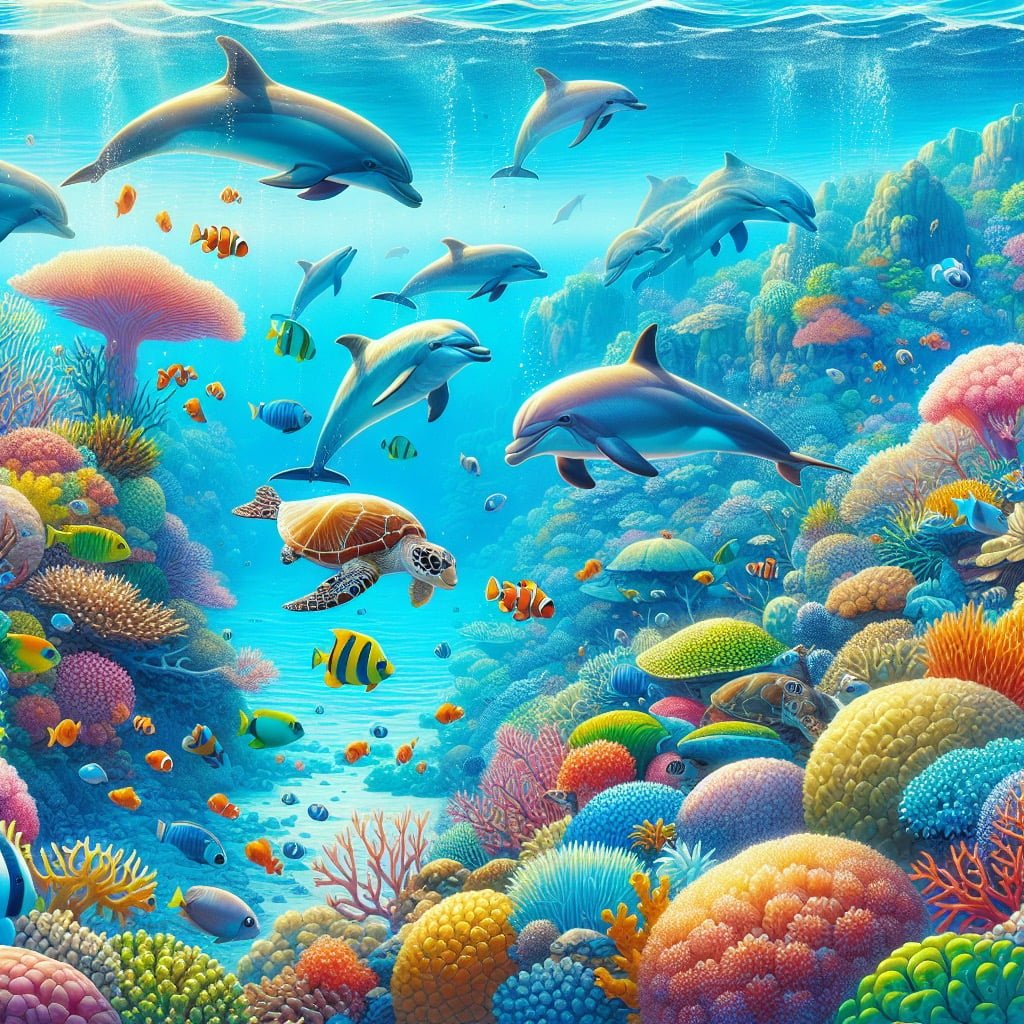
For younger kids: The Great Barrier Reef is a really big and colorful underwater world!
For older kids: The Great Barrier Reef, located off the coast of Australia, is the largest living structure on Earth, stretching over 1,400 miles (2,300 kilometers) and teeming with diverse marine life and vibrant coral formations.
Detailed explanation:The Great Barrier Reef, located off the coast of Queensland, Australia, is the largest living structure on Earth. Stretching over 2,300 kilometers, this magnificent coral reef system is so vast that it can even be seen from outer space. The Great Barrier Reef is made up of over 2,900 individual reefs and 900 islands, creating a complex and diverse ecosystem that is home to thousands of species of marine life.
One of the most fascinating Fun Facts for Kids About the World Map is that the Great Barrier Reef is not only incredibly large, but also incredibly ancient. It is estimated to be around 500,000 years old, making it one of the oldest living structures on the planet. The reef is constantly growing and evolving, with new coral formations constantly being added on to the existing structure.
The Great Barrier Reef is not only a natural wonder, but also plays a crucial role in the health of the oceans. It acts as a barrier to protect the coastline from harsh waves and storms, while also providing a habitat for countless marine species. The reef is a popular destination for tourists and researchers alike, who come to marvel at its beauty and study its unique ecosystem.
In conclusion, the Great Barrier Reef is a true marvel of the natural world and a testament to the incredible diversity of life that exists in our oceans. It serves as a reminder of the importance of protecting our planet’s fragile ecosystems for future generations to enjoy.
Fun Facts for Kids About World Map
4. The Amazon Rainforest Produces 20% of the World’s Oxygen
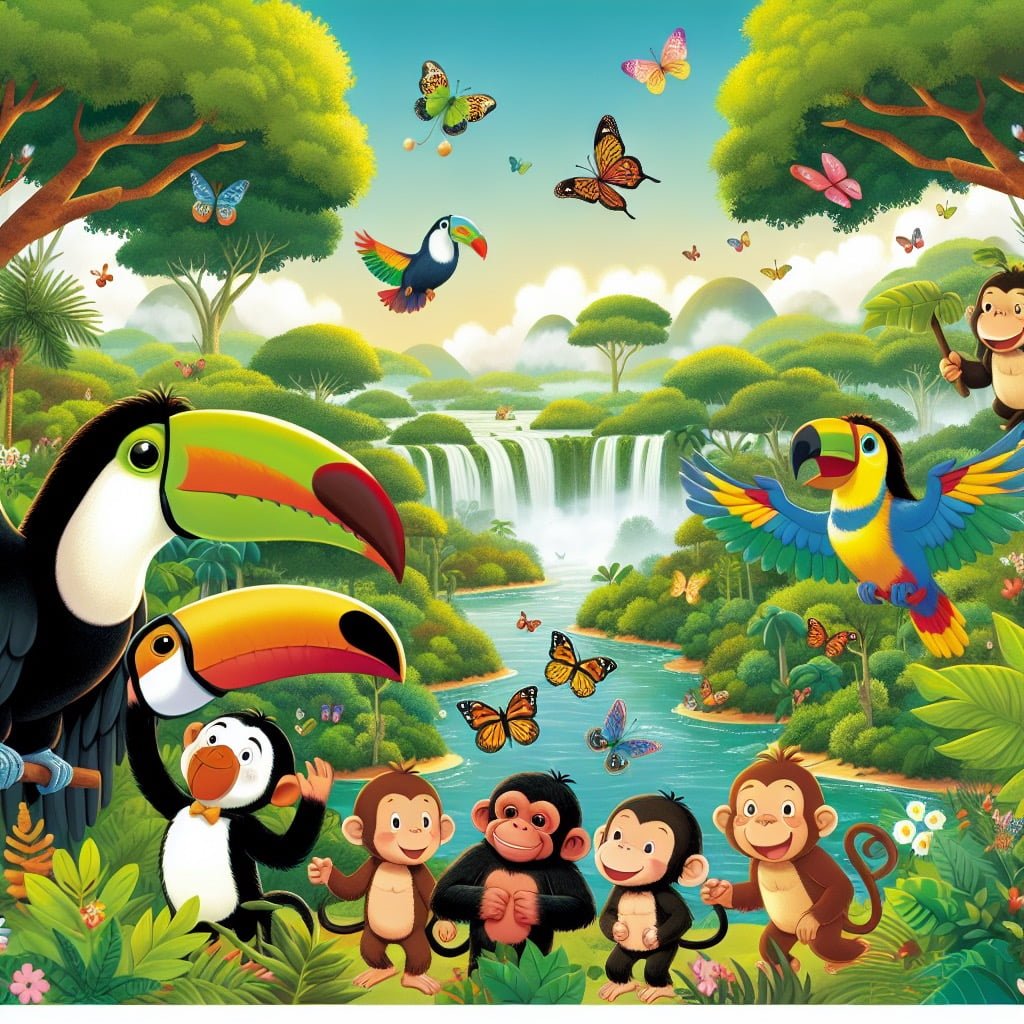
For younger kids: The Amazon Rainforest makes lots of fresh air for us to breathe!
For older kids: The Amazon Rainforest, often called the “Lungs of the Earth,” is responsible for generating approximately 20% of the world’s oxygen, playing a crucial role in regulating the global climate and supporting diverse ecosystems.
Detailed explanation:The Amazon Rainforest is often referred to as the “lungs of the Earth” because of its vital role in producing oxygen. It is estimated that the Amazon Rainforest alone produces around 20% of the world’s oxygen. This is a staggering amount considering the vast expanse of the Earth’s surface covered by other forests and plant life.
So, how does the Amazon Rainforest produce so much oxygen? The answer lies in the process of photosynthesis. Trees and plants in the Amazon absorb carbon dioxide from the atmosphere and, using sunlight, water, and nutrients from the soil, they convert it into oxygen through the process of photosynthesis. This oxygen is then released back into the atmosphere, where it becomes vital for the survival of all living organisms on Earth.
The Amazon Rainforest is home to an incredible diversity of plant species, with millions of different types of trees, plants, and flowers. This rich biodiversity not only contributes to the vast amount of oxygen produced by the rainforest but also plays a crucial role in maintaining the delicate balance of ecosystems in the region.
It is important to note that while the Amazon Rainforest is a major producer of oxygen, it is also facing serious threats from deforestation, climate change, and human activities. Protecting and preserving the Amazon Rainforest is essential not only for its oxygen-producing capabilities but also for the countless other benefits it provides, such as biodiversity, climate regulation, and water cycling.
In conclusion, the Amazon Rainforest’s incredible ability to produce 20% of the world’s oxygen is a testament to the importance of this unique ecosystem. By understanding and appreciating the role of the Amazon Rainforest in oxygen production, we can better understand the interconnectedness of all life on Earth. Fun Facts for Kids About World Map can serve as a reminder of the importance of protecting our planet’s precious resources for future generations.
Fun Facts for Kids About World Map
5. The Dead Sea is the Lowest Point on Earth

For younger kids: The Dead Sea is the lowest place on land and has super salty water!
For older kids: Situated at about 1,407 feet (429 meters) below sea level, the Dead Sea is the Earth’s lowest elevation on land, renowned for its incredibly saline water and therapeutic mud that has attracted visitors for thousands of years.
Detailed explanation:The Dead Sea, located in the Middle East between Israel and Jordan, is known for being the lowest point on Earth. Its surface and shores sit at approximately 1,412 feet below sea level, making it the Earth’s lowest elevation on land. This unique geographical feature is a result of the prolonged tectonic activity in the region, which has caused the land to sink over time.
One of the most fascinating things about the Dead Sea is its high salt content, which is nearly ten times higher than that of the ocean. This extreme salinity makes it impossible for most living organisms to thrive in its waters, hence the name “Dead Sea.” However, this high salt content also gives the water unique healing properties that have attracted visitors for centuries.
The Dead Sea is not only a popular tourist destination but also a valuable resource for industries such as health and beauty. The minerals found in its mud and waters are believed to have numerous therapeutic benefits, including improving skin conditions like psoriasis and arthritis.
In addition to its geological significance, the Dead Sea is surrounded by historical and cultural landmarks, making it a fascinating destination for travelers interested in exploring the rich history of the region. From the ancient fortress of Masada to the vibrant city of Jerusalem, visitors to the Dead Sea can experience a diverse range of attractions.
In conclusion, the Dead Sea’s status as the lowest point on Earth is just one of the many fascinating facts that make it a truly unique and intriguing location. Its geological, historical, and cultural significance make it a must-see destination for anyone interested in exploring the wonders of the world map.
Fun Facts for Kids About World Map
6. The Sahara Desert is the Largest Hot Desert in the World

For younger kids: The Sahara Desert is really, really hot and very sandy!
For older kids: Covering a vast area of over 3.6 million square miles (9.2 million square kilometers), the Sahara Desert is the largest hot desert globally, with scorching temperatures, rolling sand dunes, and unique desert-adapted wildlife.
Detailed explanation:One of the most interesting Fun Facts for Kids About World Map is that the Sahara Desert holds the title of being the largest hot desert in the world. Covering an immense area of over 9.2 million square kilometers, this vast expanse of land stretches across multiple countries in North Africa, including Algeria, Chad, Egypt, Libya, Mali, Mauritania, Morocco, Niger, Western Sahara, Sudan, and Tunisia.
Despite popular belief, a desert is not defined solely by its sandy terrain; it is actually characterized by its arid climate, receiving very little precipitation throughout the year. The Sahara Desert experiences scorching temperatures during the day and chilly nights, making it a harsh environment for both plant and animal life.
The unique geographical features of the Sahara, such as sand dunes, rocky plateaus, and dry valleys, contribute to its status as the largest hot desert in the world. Sand dunes in the Sahara can reach heights of over 180 meters and stretch for kilometers, creating a mesmerizing landscape that continues to capture the imagination of visitors and scientists alike.
Despite its harsh conditions, the Sahara Desert is home to a diverse array of flora and fauna that have adapted to survive in this extreme environment. From hardy desert plants like cacti and acacia trees to elusive animals like the fennec fox and Addax antelope, the Sahara is a fascinating ecosystem that showcases nature’s ability to thrive in even the most challenging circumstances.
In conclusion, the Sahara Desert stands as a testament to the incredible diversity and resilience of life on Earth, making it a truly remarkable feature on the world map. This Fun Fact for Kids About World Map serves as a reminder of the vast wonders that our planet has to offer.
Fun Facts for Kids About World Map
7. The Colosseum in Rome is the Largest Amphitheater in the World
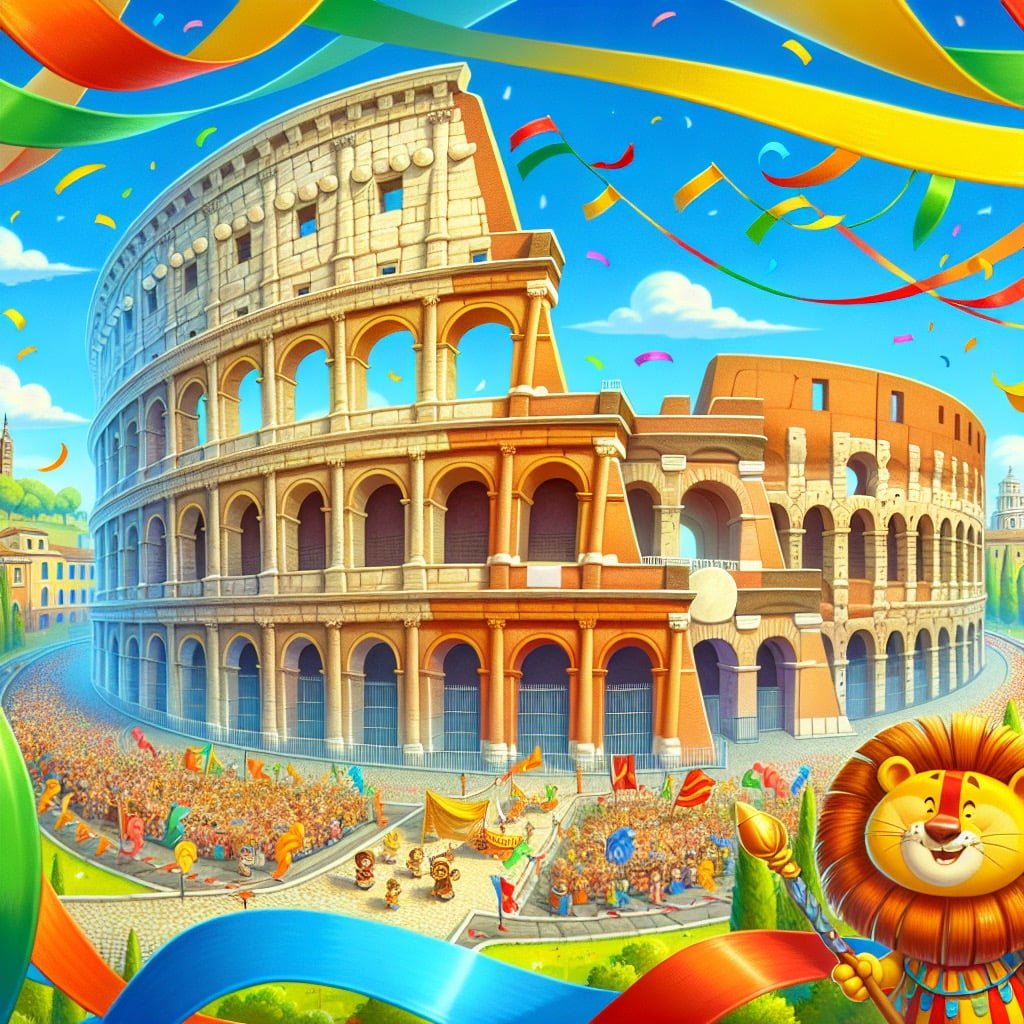
For younger kids: The Colosseum is a really big, old stadium where ancient Romans watched exciting games!
For older kids: The Colosseum, also known as the Flavian Amphitheater, is the largest amphitheater ever built, with a capacity of up to 80,000 spectators and a rich history as a venue for gladiator contests and other public spectacles in ancient Rome.
Detailed explanation:One of the most iconic landmarks in Rome, Italy, the Colosseum is not only a historical marvel but also the largest amphitheater in the world. This massive structure, also known as the Flavian Amphitheater, was built in 70-80 AD and could hold up to 80,000 spectators in its prime. The Colosseum was primarily used for hosting gladiatorial contests, animal hunts, and other public spectacles, making it a hub of entertainment in ancient Rome.
The architecture of the Colosseum is a testament to the engineering prowess of the ancient Romans. The elliptical shape of the amphitheater helped to optimize the viewing experience for the audience, ensuring that everyone had a clear sightline to the events happening in the arena. The Colosseum also featured a complex system of underground tunnels and chambers, where gladiators, animals, and props could be stored and easily brought up to the arena floor using a system of elevators and trapdoors.
Today, the Colosseum stands as a symbol of Rome’s rich history and architectural ingenuity, attracting millions of visitors from around the world each year. It has been designated as a UNESCO World Heritage site and remains one of the most popular tourist attractions in Italy.
In conclusion, the Colosseum in Rome is not only the largest amphitheater in the world but also a fascinating structure with a rich history and cultural significance. Its impressive size, architectural design, and historical importance make it a must-visit destination for anyone interested in ancient Roman culture and architecture.
Overall, exploring the Colosseum is a great way for kids to learn fun facts about world map and to immerse themselves in the history of one of the most magnificent structures of the ancient world.
Fun Facts for Kids About World Map
8. The Great Wall of China is the Longest Wall in the World
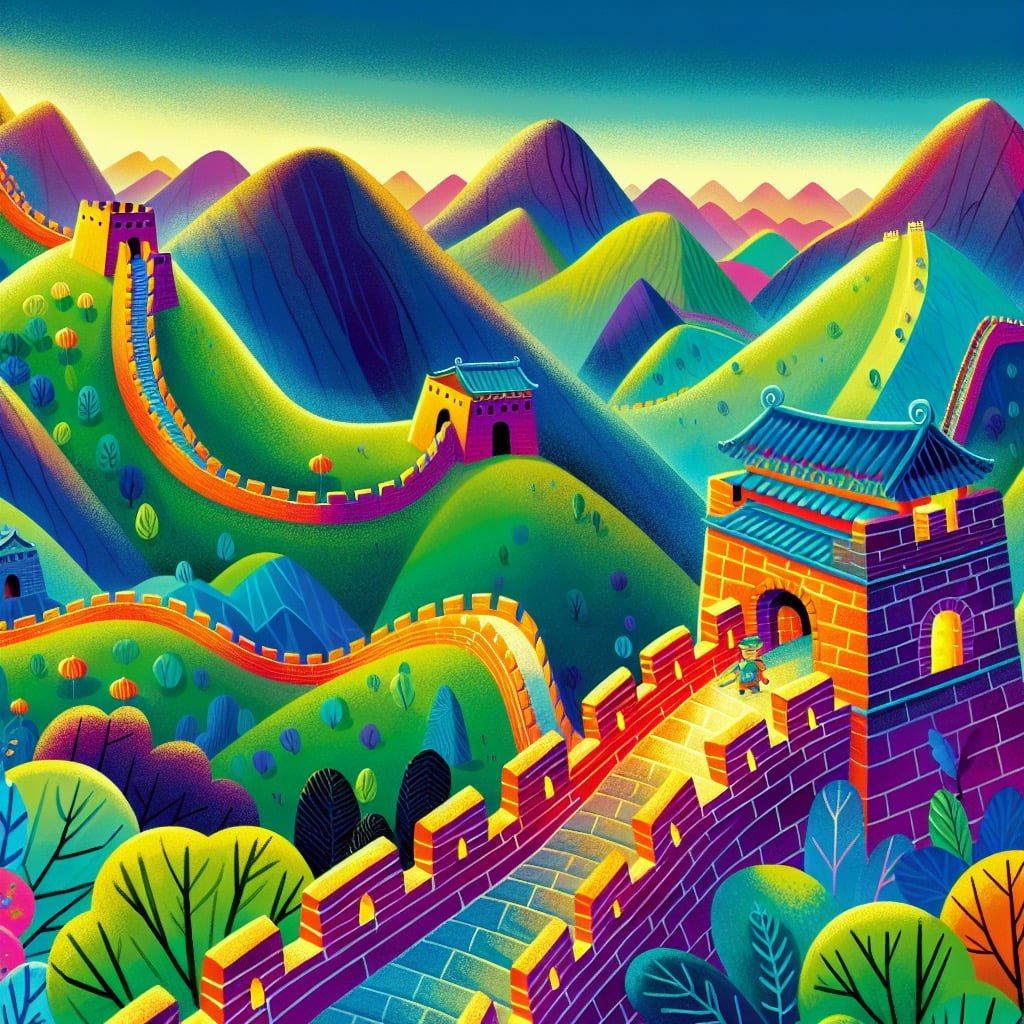
For younger kids: The Great Wall of China is a really, really long wall with towers and a lot of steps!
For older kids: The Great Wall of China, extending over 13,000 miles (21,000 kilometers), is the longest wall in the world, constructed to protect the Chinese states and empires from invaders and ensure the safety of ancient trade routes.
Detailed explanation:The Great Wall of China is undoubtedly one of the most iconic structures in the world, known for its impressive length and historical significance. Stretching over 13,000 miles, it is widely recognized as the longest wall in the world. Built over several centuries by various Chinese dynasties, the Great Wall was constructed as a defense system to protect the Chinese empire from invasions by nomadic tribes.
One of the most fascinating **Fun Facts for Kids About World Map** is that the Great Wall is not just a single continuous wall, but rather a series of walls, fortifications, and trenches that were constructed in different regions of China. This complex network of structures was strategically built along mountain ridges, valleys, and plains to provide optimal defense against potential invaders. Some sections of the wall were built using bricks and stone, while others were made from compacted earth and other local materials.
Visiting the Great Wall of China is a truly memorable experience, allowing visitors to walk along its ancient ramparts and soak in the breathtaking panoramic views of the surrounding landscape. In recent years, the Chinese government has undertaken efforts to preserve and protect this historic marvel, recognizing its importance as a UNESCO World Heritage Site and a symbol of Chinese cultural heritage.
In conclusion, the Great Wall of China stands as a testament to the ingenuity and determination of the ancient Chinese civilization. Its impressive length and strategic design continue to captivate visitors from around the world, making it a must-see destination for anyone interested in world history and architecture.
Fun Facts for Kids About World Map
9. The Maasai Mara is Home to the “Big Five”
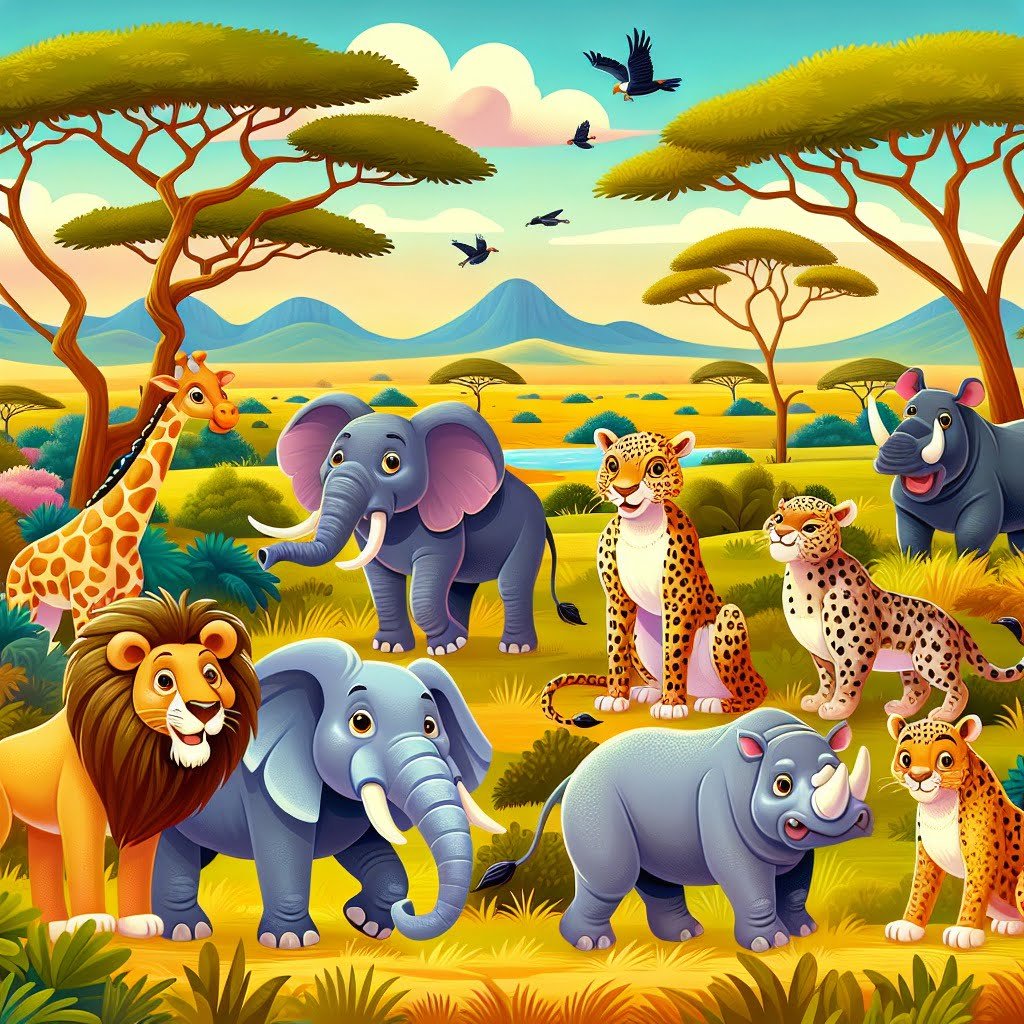
For younger kids: The Maasai Mara has lots of amazing animals like lions, elephants, and giraffes!
For older kids: The Maasai Mara National Reserve in Kenya is renowned for its rich wildlife, where visitors can witness the “Big Five” animals – lions, elephants, buffaloes, leopards, and rhinoceros – in their natural habitats.
Detailed explanation:The Maasai Mara, located in Kenya, is one of the most popular safari destinations in Africa. It is home to the famous “Big Five” animals: lions, leopards, elephants, buffalo, and rhinoceros. These iconic animals are a must-see for any wildlife enthusiast visiting the Maasai Mara.
One of the most exciting things about the Maasai Mara is the opportunity to witness these magnificent creatures in their natural habitat. The Big Five are known for their size, strength, and beauty, making them a thrilling sight to behold. Lions can often be spotted lazing in the sun or on the hunt for their next meal, while leopards are known for their stealth and graceful movements. Elephants roam the savannah in large herds, their majestic tusks a sight to behold. Buffalos can often be seen grazing in the grasslands, while rhinoceroses are more elusive, making a sighting of one a truly special experience.
For kids with an interest in wildlife, the Maasai Mara offers a unique opportunity to learn about these incredible animals up close. Safari tours provide a chance to see the Big Five in their natural habitat, while also learning about the importance of conservation efforts to protect these species for future generations. Fun Facts for Kids About World Map will also discover the rich cultural heritage of the Maasai people, who have lived in harmony with the wildlife of the Mara for centuries. Overall, a visit to the Maasai Mara is not only an exciting adventure but also an educational experience that will create lasting memories for young and old alike.
Fun Facts for Kids About World Map
10. The Galápagos Islands Inspired Charles Darwin’s Theory of Evolution
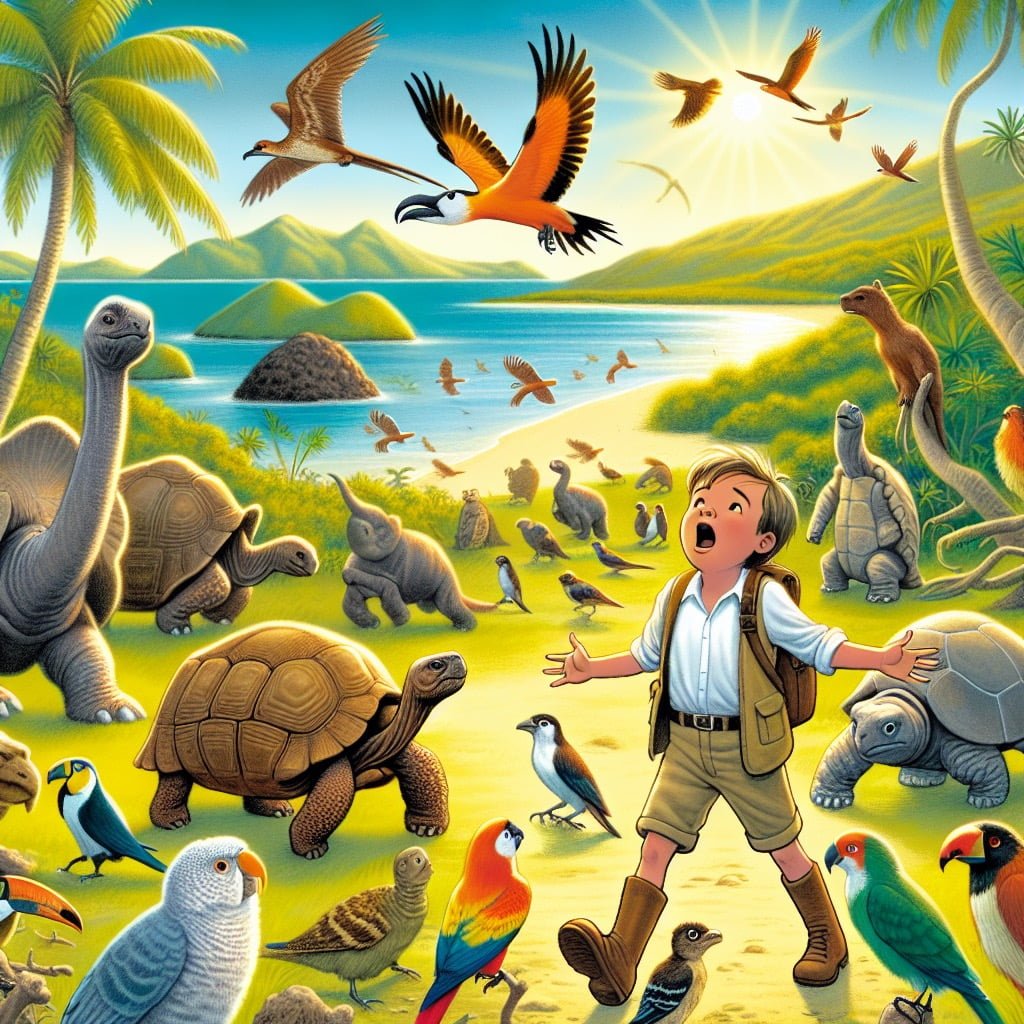
For younger kids: The Galápagos Islands are where Charles Darwin saw many strange animals and had a big idea!
For older kids: The Galápagos Islands, with their unique wildlife and biodiversity, played a crucial role in shaping Charles Darwin’s theory of evolution by natural selection, revolutionizing our understanding of the origin of species.
Detailed explanation:The Galápagos Islands, located off the coast of Ecuador, played a crucial role in shaping Charles Darwin’s groundbreaking theory of evolution. During his famous voyage on the HMS Beagle in the 1830s, Darwin visited these unique islands and made several important observations that would later lead to his theory of natural selection.
One of the key factors that inspired Darwin was the incredible diversity of species found on the Galápagos Islands. Despite the islands’ relatively small size, Darwin discovered a wide range of plants and animals that were adapted to their specific environments. He noticed that similar species on different islands had distinct variations that suited their particular habitats, leading him to question how these differences had come about.
Another key observation that influenced Darwin’s thinking was the fact that many of the species he encountered on the Galápagos Islands were not found anywhere else in the world. This geographical isolation meant that these species had evolved independently from their counterparts on the mainland, resulting in unique adaptations and characteristics.
Darwin’s time on the Galápagos Islands led him to develop his theory of evolution by natural selection, which revolutionized our understanding of how species evolve over time. By studying the variations and adaptations of the plants and animals on these islands, Darwin was able to piece together the mechanism by which new species arise and flourish.
In conclusion, the Galápagos Islands provided the perfect setting for Darwin to formulate his ideas on evolution, making them a truly inspiring location in the history of science. These Fun Facts for Kids About World Map only scratch the surface of the incredible story behind Darwin’s theory of evolution.
Did You Know?
The Earth’s rotational axis is not straight up and down—instead, it’s tilted, which causes our planet to have different seasons throughout the year!
Summary about Fun Facts for Kids About World Map
Exploring fun and interesting facts about the world map is not only a fun pastime for kids, but it also helps them develop a greater appreciation and understanding of the world around them. By learning about different countries, cultures, and landmarks, children can gain valuable insight into the diverse and rich tapestry of our planet.
Understanding the world map is not just about memorizing names and locations – it is about delving into the history, geography, and interconnectedness of our world. Through fun facts, kids can discover how civilizations have evolved and how human innovation has shaped the landscape of our planet.
Moreover, learning about the world map can spark curiosity and a sense of wonder in children, encouraging them to explore new ideas and perspectives. By diving into fun facts about the world map, kids can develop critical thinking skills and a broader worldview.
So, if you’re looking for a fun and educational way to engage your child, delving into fun facts about the world map is a great place to start. Join us on a journey of discovery as we uncover the fascinating stories and secrets hidden within the lines and shapes of the world map!
Sources and additional information for Fun Facts for Kids About World Map
WikipediaBritannicaCIA World FactbookCentral Intelligence Agency (CIA)The World BankUnited Nations Children’s Fund (UNICEF)BBC NewsLonely PlanetCouncil on Foreign RelationsThe World Factbook (CIA)United NationsBBC Country ProfilesLonely PlanetThe World Bank CountriesUNESCO World Heritage CentreCountryReportsGlobalEdge (Michigan State University)Transparency International – The Global Corruption Barometer


